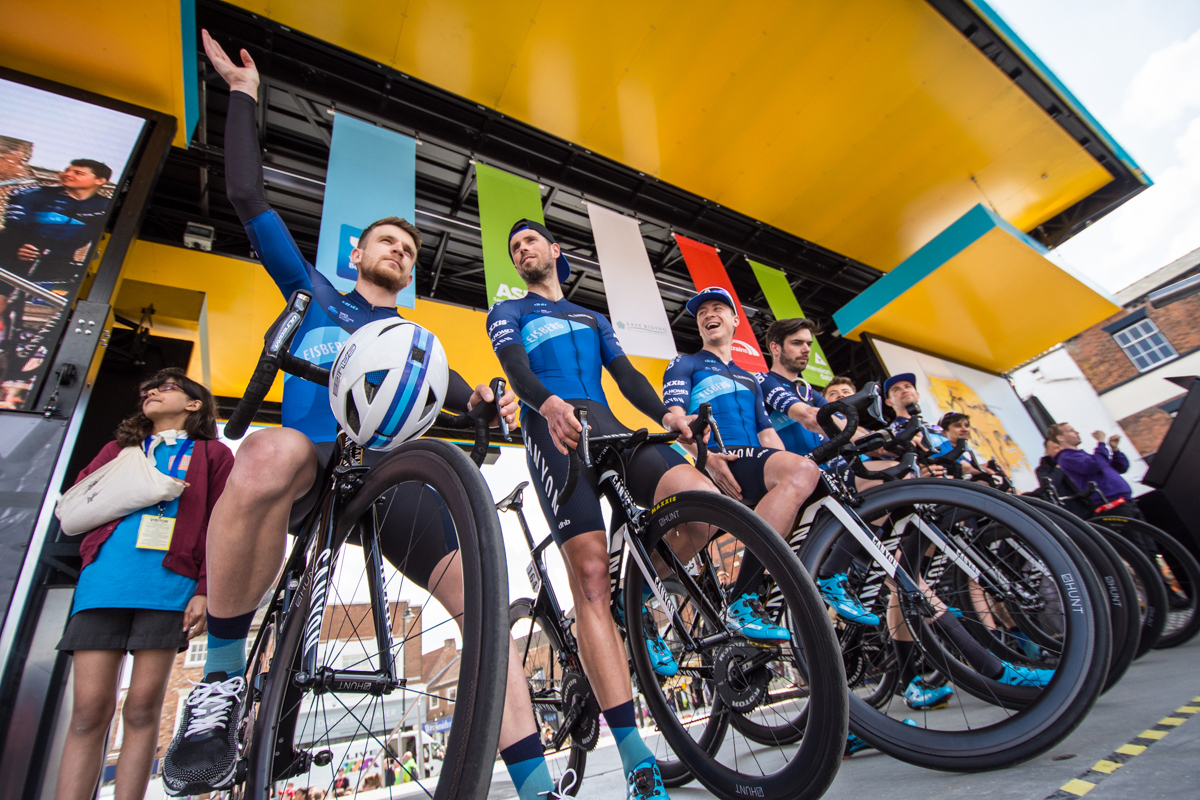Marketing is an innovative industry, and new methods for businesses to reach their target customers appear frequently. Not so long ago the new opportunity was television advertising, which took over from radio, which itself had taken over from outdoor advertising as the most popular. More recently, digital display advertising started losing ground to social media advertising, and now influencer marketing is emerging as a really powerful way for brands to communicate their message. But as with so many innovative methods, there are myths and misconceptions about influencers.
In this post, Simon Freeman, CEO at Freestak – the influencer marketing specialist for the endurance, outdoors and adventure sports sectors – looks at five common misunderstandings and tries to make sense of them.

1) Influencers are hired guns, working with any brand that comes along
Influencers ultimately create content for the benefit of their audiences, and one of the things that keep audiences interested is variety. Influencers usually don’t flit from one brand to another because they are greedy or capricious. Rather, they are excited about the opportunities being are presented to them that may also interest their audience.
If you understand that, you can make it work in your favour: give the influencers what they want (experiences, opportunities to test kit, the chance to increase their social reach) and they will give you access to an engaged and committed audience in return. If you want an influencer to be loyal to your brand, you just have to create an offer that is more interesting than what they can achieve by remaining independent.
2) It is difficult – if not impossible – to measure the effectiveness of influencer marketing
The effectiveness of influencer marketing can only be measured in the context of what you are hoping to achieve. Generally the best results come when a brand or organisation is looking to increase awareness among a specific target audience. In that case, you can use the same method and metrics to measure success as you would with advertising or PR activity. If you are looking for influencers to have a direct impact on sales and customers can buy direct from your website, then giving the influencers an affiliate link would allow you to track their impact. But be warned, not many influencers want to become sales channels.
3) The process of working with influencers is expensive
The most exciting qualities of influencers are also the biggest challenges – they are independent, each one is unique and there are many, many thousands of them. Finding the right influencers and managing them can be time consuming and therefore expensive, but there effective are ways of finding and working with them. You can also start small and work out what works best for you, unlike with many other forms of marketing spend.
Issues can arise when traditional PR methods are used with prospective influencers: we mentioned before that each influencer is unique, so a one-size-fits-all outreach campaign will most likely be considered impersonal and ignored. Or you may actually offend the influencer and cause them to name and shame your brand to their audience and niche, which achieves almost the exact opposite of what you were hoping for.
The best advice is to take a personal approach, remember that each influencer has their own interests and objectives, and that they ultimately write for their audience first. Mutual benefit and respect must be demonstrated.
4) Influencers can’t be integrated into existing marketing campaigns
What is important to remember, when dealing with influencers, is that their audiences love them for their tone of voice, creativity and personality. They can be integrated into your existing marketing activity, but the best way to do it is explain what your messages are and then let them put their own spin on it. To do otherwise undermines the very point of working with influencers: their authenticity.
In short: don’t expect them to paste a prewritten press release onto their website.
5) Influencers will only work with a brand if they’re being paid
Influencer marketing is in its early growth phase, especially in the endurance, outdoors and adventure sports sectors. One effect of this is that there are many opportunities to work with influencers without paying them large amounts of money. You may find that in return for an experience – for example meeting an elite athlete that you sponsor or attending an event that you are hosting – an influencer will tell tens or hundreds of thousands of followers about what you make or do. However, this will not be the case forever. Soon influencers will start to understand their value, then they will start charging accordingly for their influence. The time to get involved really is now.
As with all emerging marketing opportunities, influencers represent challenges and opportunities. One of the key things to remember is that they are just people with big audiences – they are not another marketing channel in the same way that banner advertising or display advertising are. By working out what each influencer will respond to, you can harness their reach and generate great results.
For more information on the Freestak Influencer Marketing Platform for cycling, running, triathlon, outdoors and adventure brands you can visit www.freestak.com or email simon@freestak.com.
We are hopeful this guide to Influencer Marketing has been useful but if your need assistance feel free to have a chat, whilst we might not be able to spend hours, as a partner of Yellow Jersey you can benefit from either our expert knowledge or the expert knowledge of our partners.